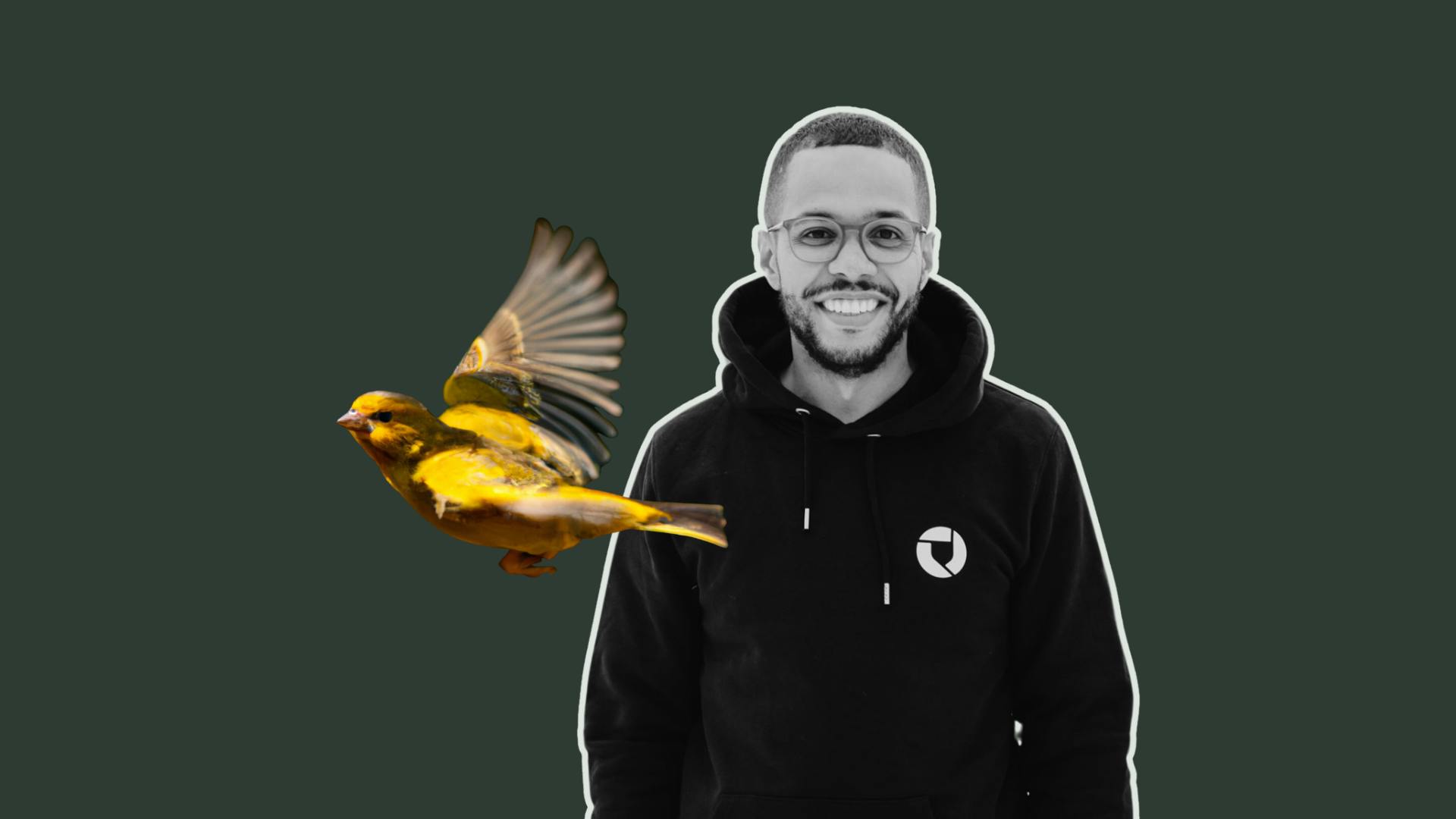As we approach the World Day for Health and Safety at Work on April 28th, it’s a time to draw attention to the critical safety challenges confronting industrial European workplaces. In 2024, it is also a day to feel optimism for the evolution of AI in safety and its transformative impact on our journey towards a zero injury vision.
At the heart of every society beats an industry grinding to keep the wheels of progress turning. Employees at these industrial workplaces face a myriad of hazards daily, ensuring the seamless operation of our infrastructure, manufacturing, and other essential services. For those reading this, the expectation of returning home from work unharmed is likely unquestioned. However, realising this expectation for everyone is, in reality, incredibly challenging.
The International Labour Organization estimates that 2.34 million people die from work-related accidents or diseases each year, with 317 million suffering from work-related injuries, at a cost of almost 3 Trillion euros annually. These staggering figures represent not just human suffering, but also significant financial losses to the global economy.
Early (bird) risk detection
The rise of workplace safety as a pressing global issue started in the 18th century with the industrial revolution. With the transition from rural to industrial labour using power machinery, workplaces became much more dangerous than before, resulting in a dramatic increase in serious accidents.
One of the earliest safety “technologies” was the Canary. Coal-miners brought these birds down with them into the mines to detect poisonous gases like carbon monoxide. The “Canary technology” was cheap and easily scalable and remained common practice throughout much of the 20th century, and is credited with saving countless lives.
The Canary invention has been followed by many subsequent safety innovations that have significantly reduced the number of workplace accidents. However, in recent decades, the improvement in accident statistics has plateaued, with many European nations seeing either a stagnant or negative development.
Just as the Canary gave early warnings of hazardous gases, the key to further improving workplace safety continues to be in detecting and addressing risks before they lead to an incident. While many risks can be designed away or eliminated completely, even the best thought out safety procedures need continuous monitoring and reinforcement. As one of our customers puts it, you have to understand the difference between work as imagined and work as done.
Now in the 21st century, the fact remains that you can’t fix what you don’t know. Therefore the next wave of safety innovation has to be focused on this very problem space — uncovering and addressing the hidden risks that live in the gap between work as imagined and work as done.
AI: The Canary of our time
The current state of AI offers workplaces an unprecedented opportunity for continuous risk monitoring and preventive action, paving a credible path towards zero injuries. Imagine a situation where AI-powered cameras are continuously doing safety inspections on factory floors or construction sites detecting unsafe situations or behaviour in real-time, alerting safety teams for immediate action or reinforcement of safe practices.
Gone are the periodical Gemba walks and instead we have a constant monitoring system that acts as a digital safety-buddy. Imagine further that based on this real-time risk data, AI generated action recommendations and learning materials are provided as a full service safety co-pilot to support line managers and safety teams to do more with less. Democratising safety knowledge and making best practices available to more workplaces.
While this vision might seem far away to some, working everyday with Buddywise customers I know that already now, previously unknown risks are being uncovered and addressed on a daily basis with the help of our AI platform, saving lives and limbs. The path to realising our full vision — adding data-driven recommendations, actions, and learning resources — is within reach and will enable us to bring safety best practices to every high risk workplace in Europe.
The current evolution of AI technology in safety gives me hope and confidence in what can be achieved, with its immense potential and numerous positive applications. In upcoming articles, I will dig deeper into the future of technology in safety as well as adjacent topics, such as its impact on worker’s right to privacy and how we can incentivize more safety investments.
On April 28th we take the time to highlight the importance of Health and Safety at work, but for me, this day is also about optimism about what we can change for the future if we start today.
Lamin Faye
CEO & Co-founder, Buddywise
Stay up to date
Sign up to our newsletter and get our news straight to your inbox
